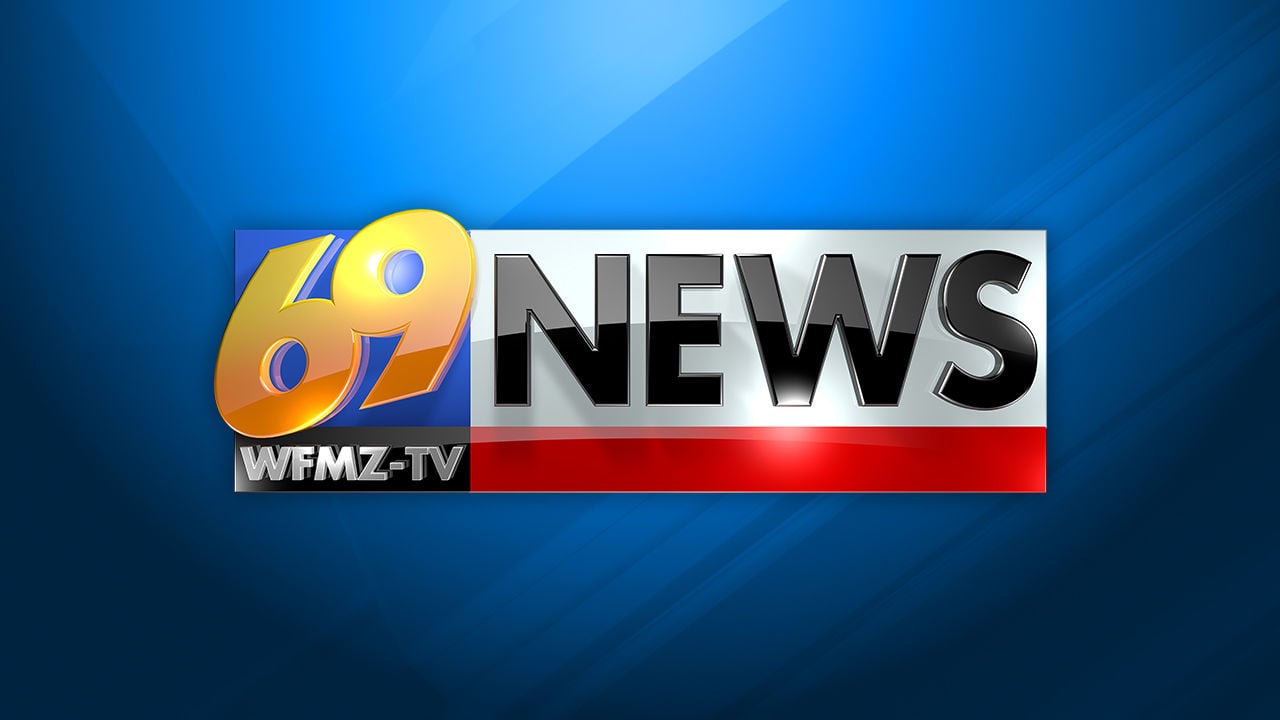While the 2020-21 school year will be an unprecedented one, the state will spend the same amount on K-12 schools as it did in 2019-20 school year, under Gov. Phil Murphy’s revised state budget proposal.
The $335 million spending increase for schools that was originally proposed during the budget address in February has been scrapped, the governor said Tuesday during his budget address at SHI Stadium at Rutgers University in Piscataway.
Under the reworked budget, school aid remains flat at $8.7 billion while continuing the phase-in of the updated school funding formula, the governor said.
The formula funding is part of Murphy’s $32.4 billion budget for the nine months beginning Oct. 1, including $4 billion in borrowing and $1 billion in new taxes.
In May, Murphy informed districts of the plan to slash the extra hundreds of millions in aid as the financial fallout of the coronavirus pandemic — including a $5.6 billion budget hole — became clear.
Legislators from both sides of the aisle criticized the revised budget, which came weeks after changing the guidance surrounding school re-openings.
Find all of the most important pandemic education news on Educating N.J., a special resource guide created for parents, students and educators.
“In the schools and communities I represent, most of them were starting off with hybrid and last minute switched to all-virtual. There are issues, and I haven’t figured out any of the funding yet. It’s a state of confusion,” said Senate Majority Leader Loretta Weinberg, D-Bergen.
Currently, 180 school districts have applied to begin the school year remote, while 59 districts plan to fully reopen. Another 436 school districts will use a hybrid model of both in-person and remote learning.
State Assemblywoman Nancy Munoz, R-Union, echoed the uncertainty that districts face, noting the financial impact it could have on the middle class.
“Those district expected to get the increases and budgeted for those increases. At a time when municipalities and people are suffering, you don’t want to add more to the taxpayer,” Munoz said. “It’s really distressing times for everybody.”
Munoz said rather than expanding progressive programs in preschools and colleges, the administration should shift its focus to the school funding formula. The recalibration of the formula, which started in 2018, means some districts will lose aid or have it reduced if they were considered overfunded by the state.
Underfunded districts will be further hurt by the revised budget, considering their staff shortages and lack of resources prior to the pandemic, said David Sciarra, executive director of Education Law Center.
The proposed budget cuts $89 million from 31 districts with budgets below the adequacy level, but those cuts shouldn’t happen without a spike in state aid, Sciarra said.
He called on the governor to “build a truly progressive budget” to avoid widening the gap in resources that already existed pre-coronavirus, and protect vulnerable and at-risk students.
“These districts are facing an estimated 230,000 students on the wrong side of the digital divide, the unsafe condition of many school buildings, the 300 schools with no nurses, and the urgent need for additional staff and resources to remedy the profound academic, social and emotional losses suffered by countless children residing in our poorest communities,” Sciarra said in a statement.
The administration defended the revised budget, noting funding levels remain the same as in 2020.
“The COVID-19 pandemic has created unprecedented challenges for our state across the board, but this funding proposal builds on the governor’s commitment to supporting our students, educators, and staff and keeps the state on the path to fully and constitutionally funded public schools despite the extraordinary circumstances the state is facing,” said Alyana Alfaro, spokeswoman for the governor’s office.
Murphy also said in the address he’s committed to bridging the technological gap through a $50 million investment in public and non-public schools.
Assembly Minority Leader Jon Bramnick, R-Union, said there has to be a way to further reduce spending, even when “everyone supports school funding.”
“(If) we’ve got a real crisis, everybody’s got to bite the bullet. We talk about shared experience. I think schools have to do that as well. There’s always a way to tighten the belt,” said Bramnick, who’s eyeing the Republican nomination for governor in 2021.
Schools will have to further invest in cleaning supplies and personal protective equipment, Munoz said.
“Let’s hope money goes to schools and the costs associated with cleaning and PPE, but we don’t even know yet how all the schools are going to educate our students this year,” she said.
Our journalism needs your support. Please subscribe today to NJ.com.
Samantha Marcus and Brent Johnson contributed to this report.
Sophie Nieto-Munoz may be reached at [email protected]. Follow her at @snietomunoz.
Have a tip? Tell us. nj.com/tips





More Stories
Lawmakers recommend COVID relief for snowmobile associations; school funding gap still looms
Questions linger one month into Saskatchewan’s back-to-school plan
NH school-funding commission wrestles with ‘first-last dollar’ rule